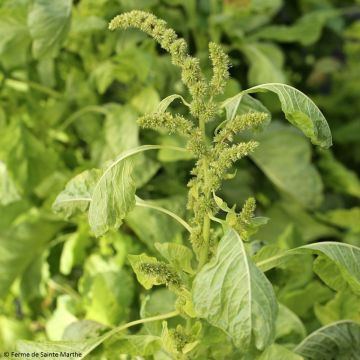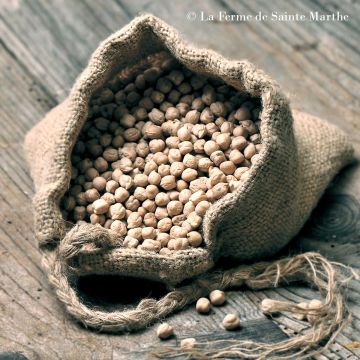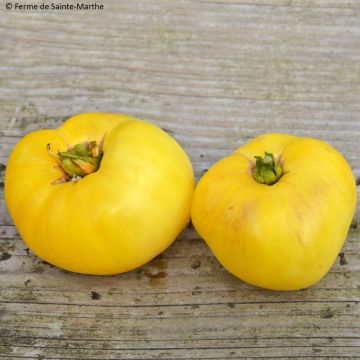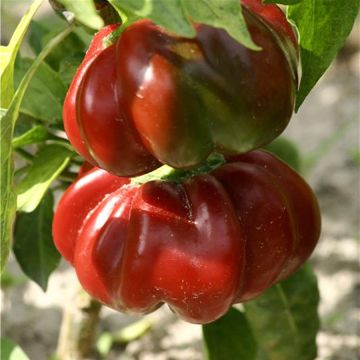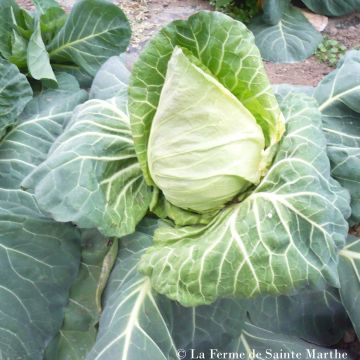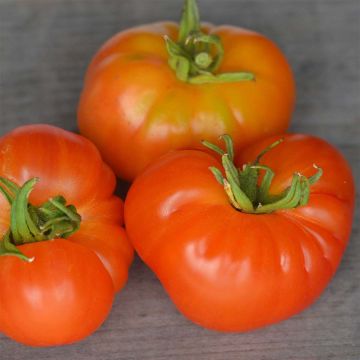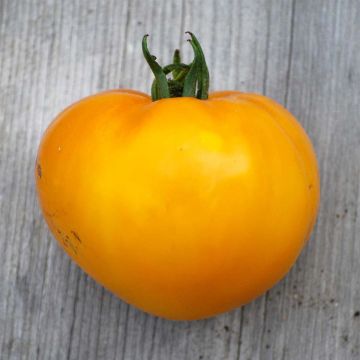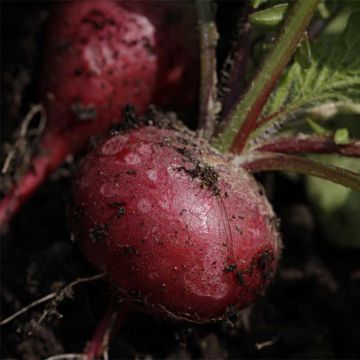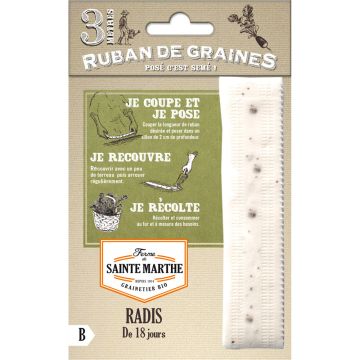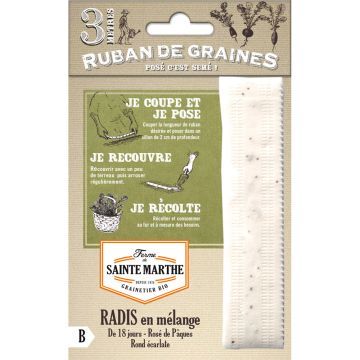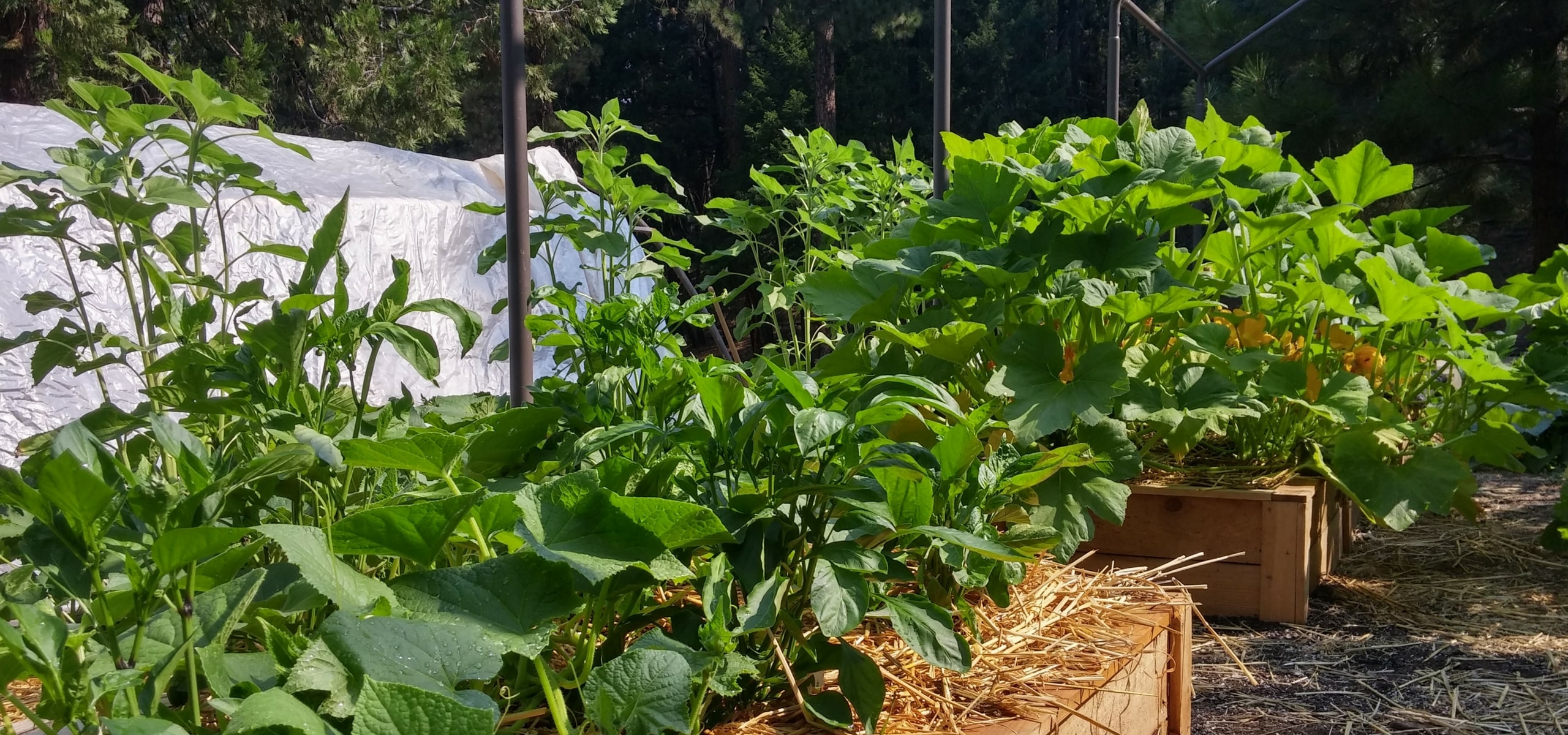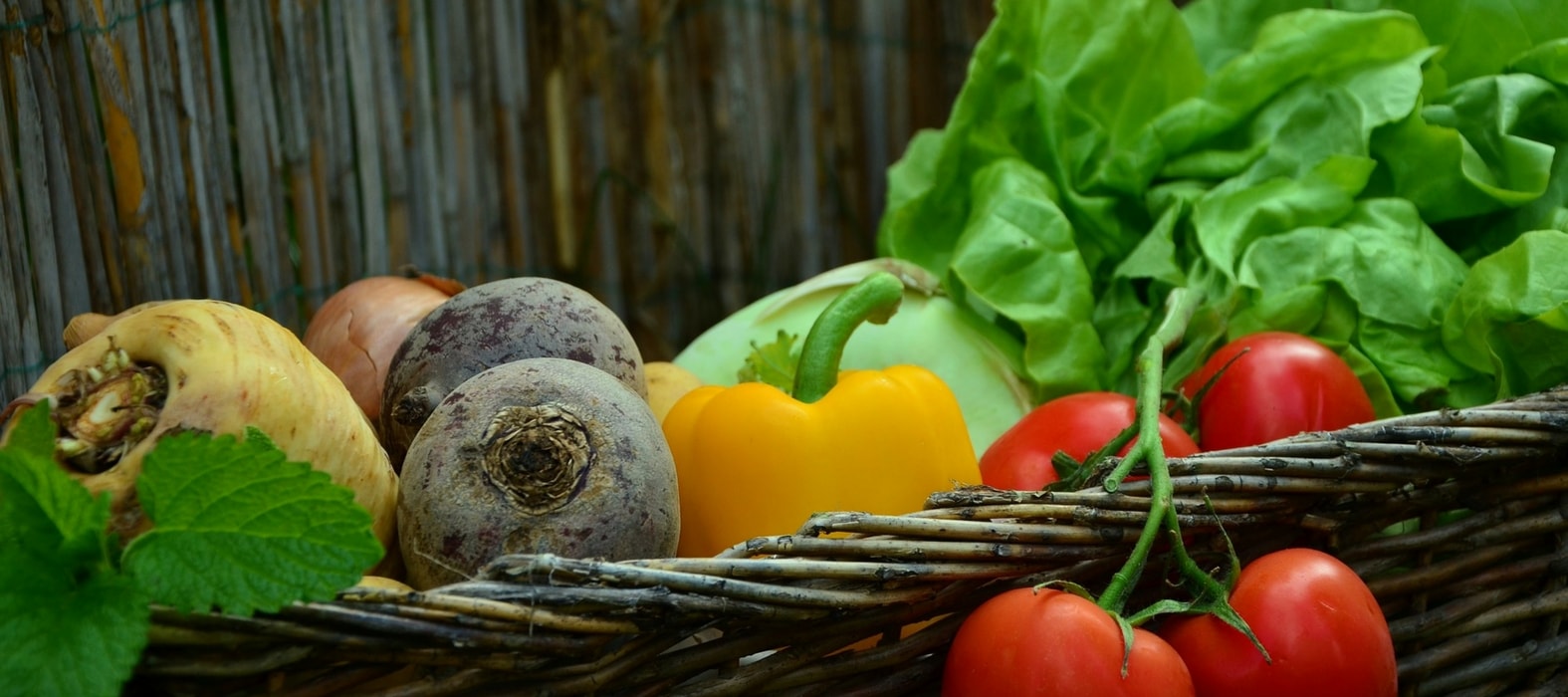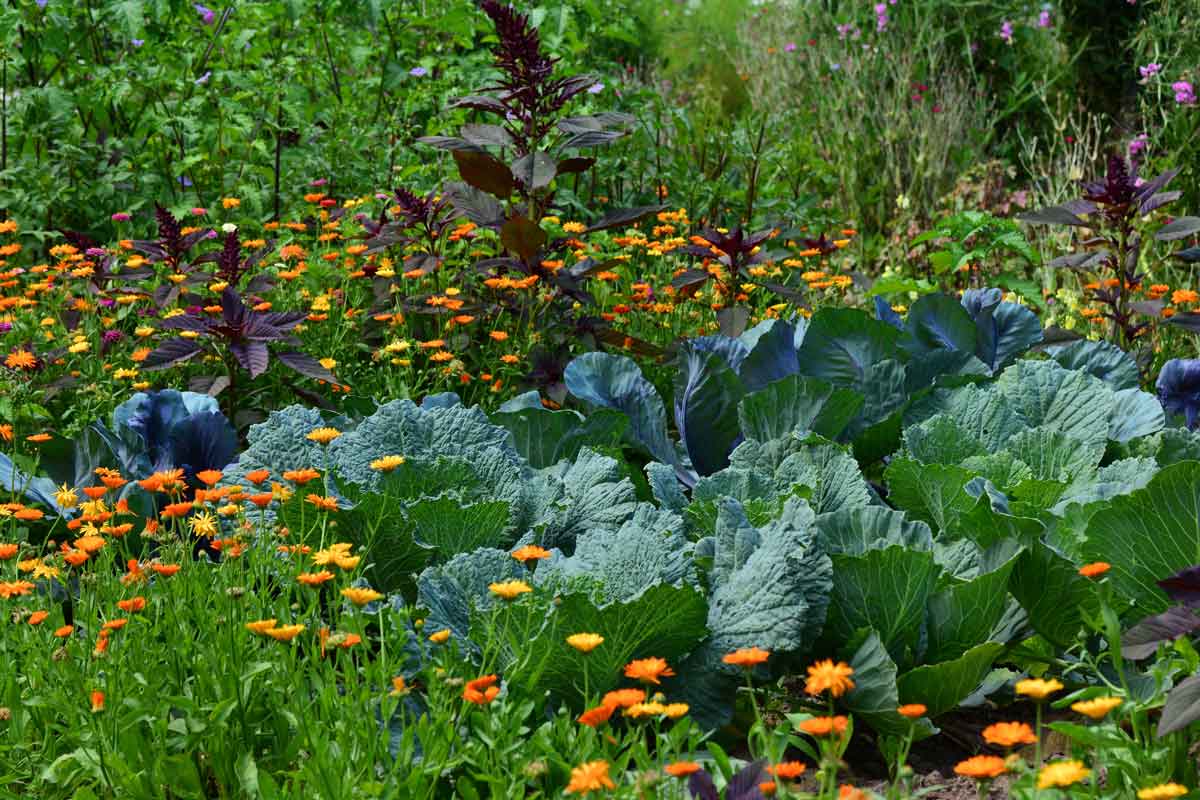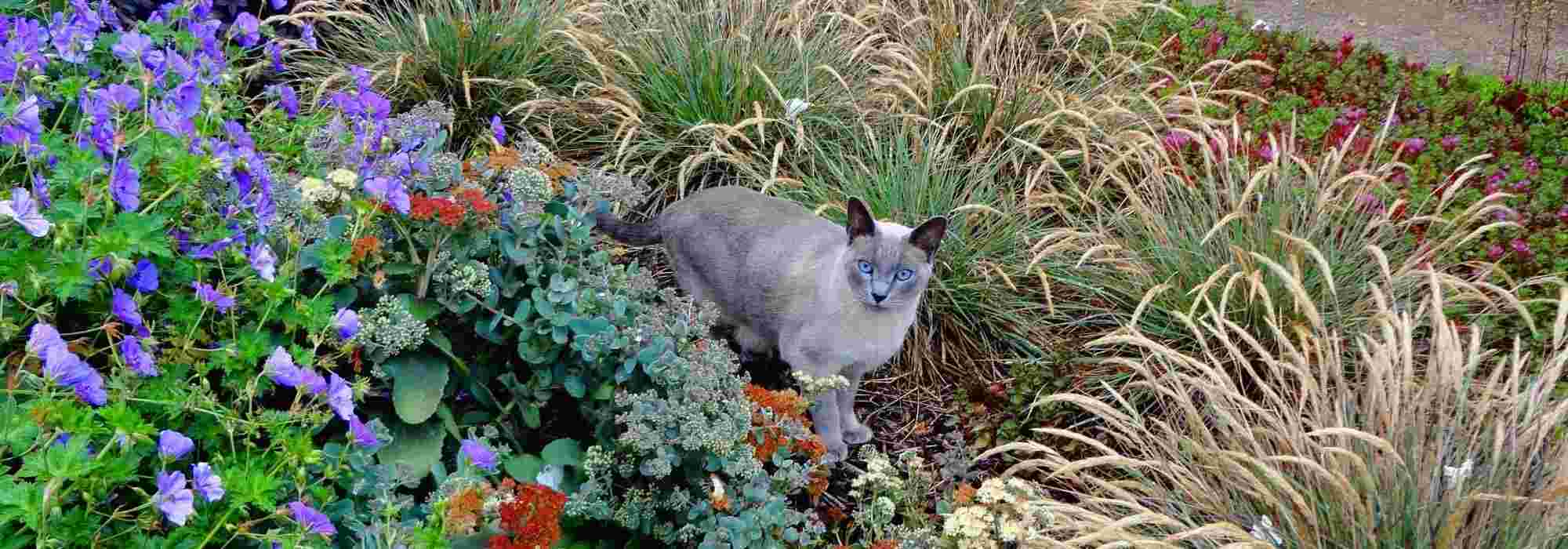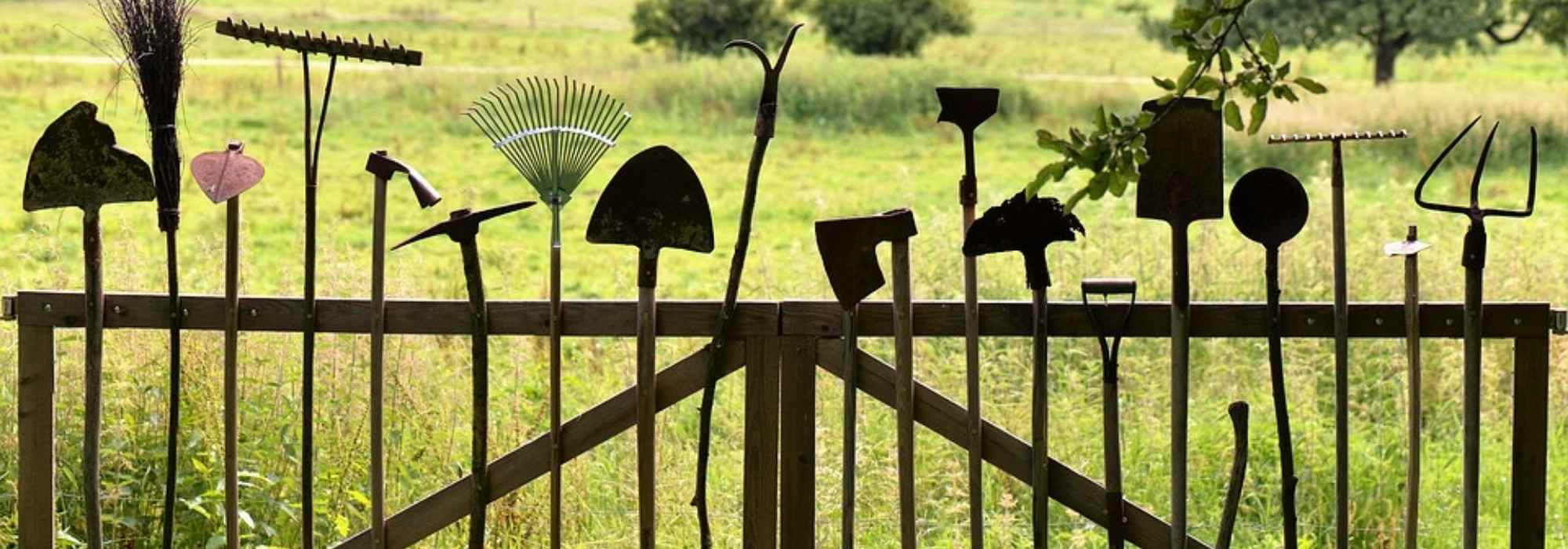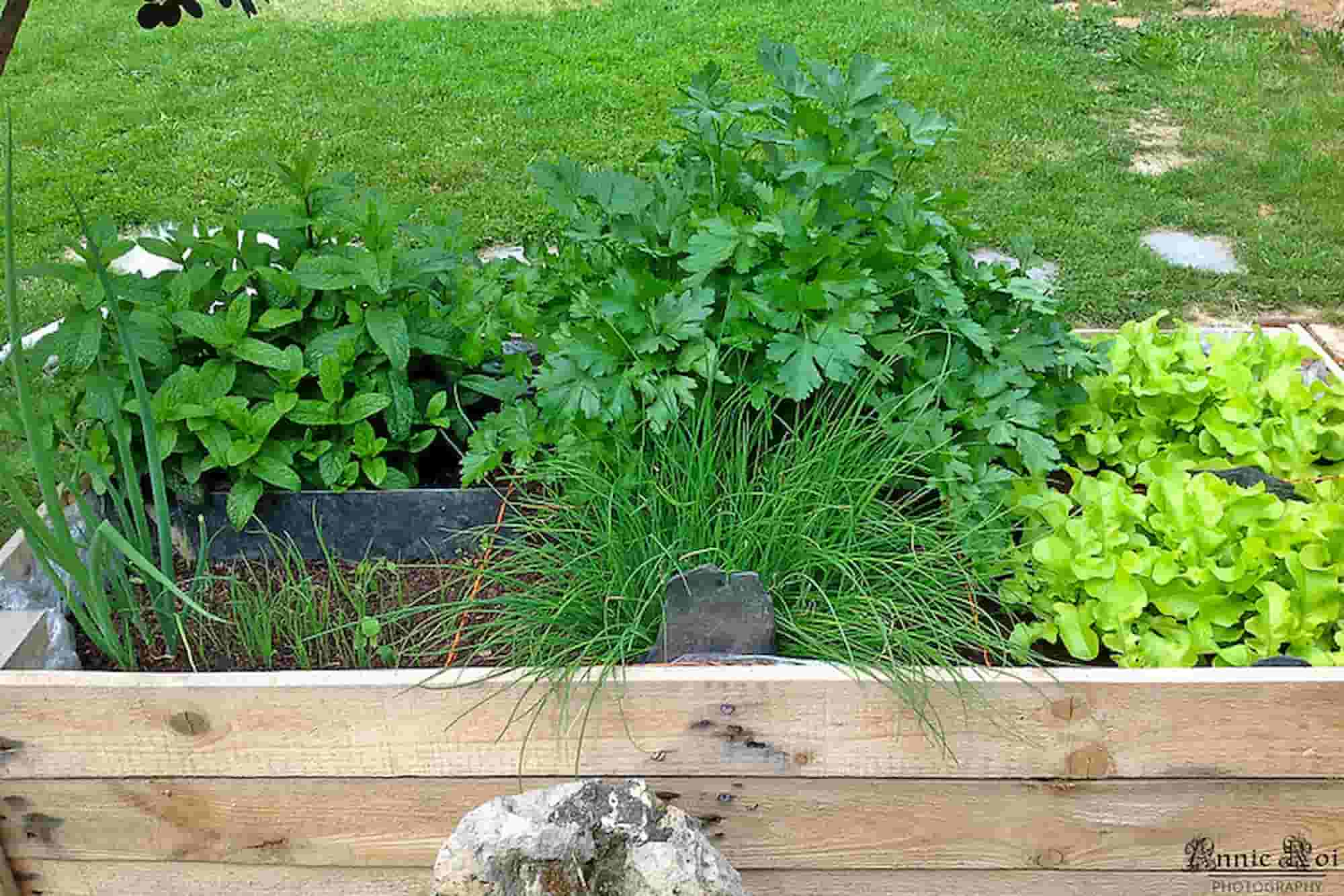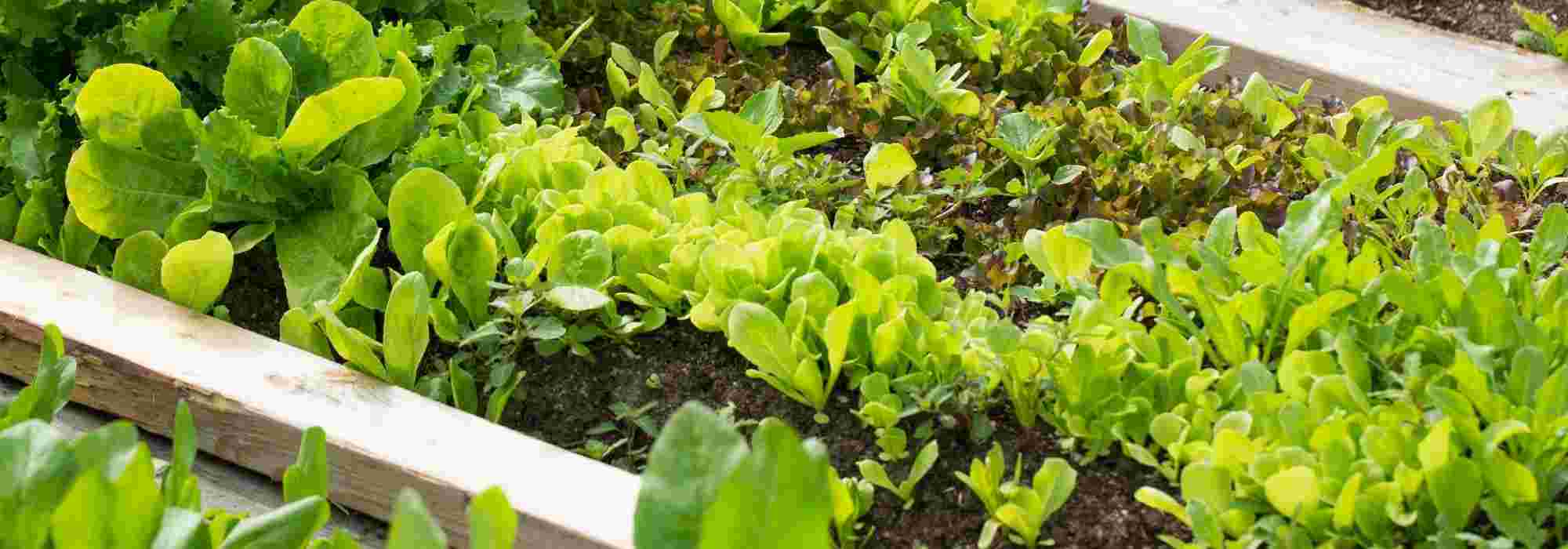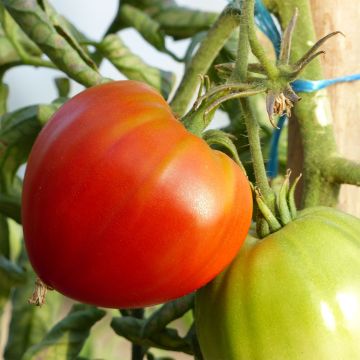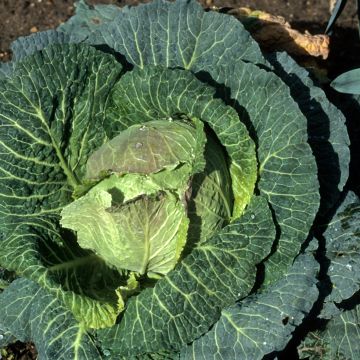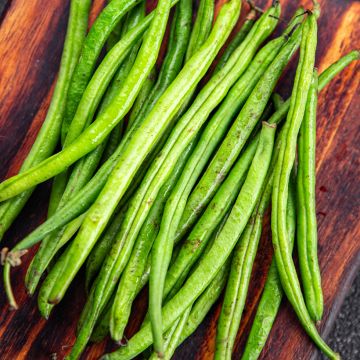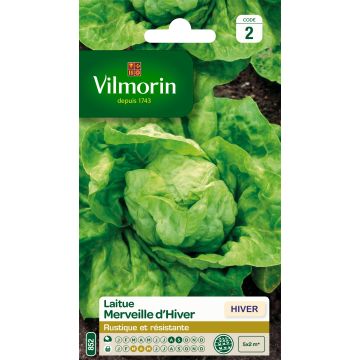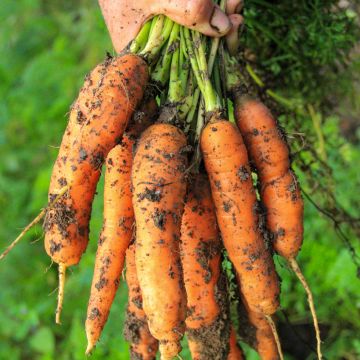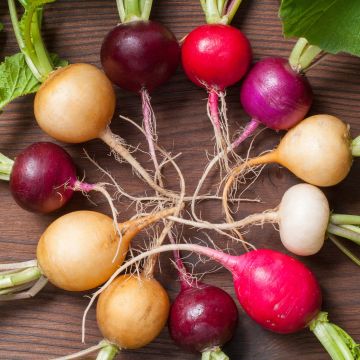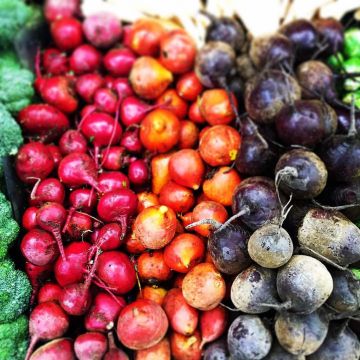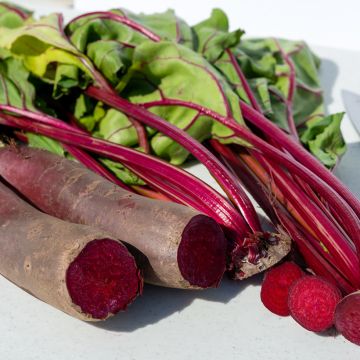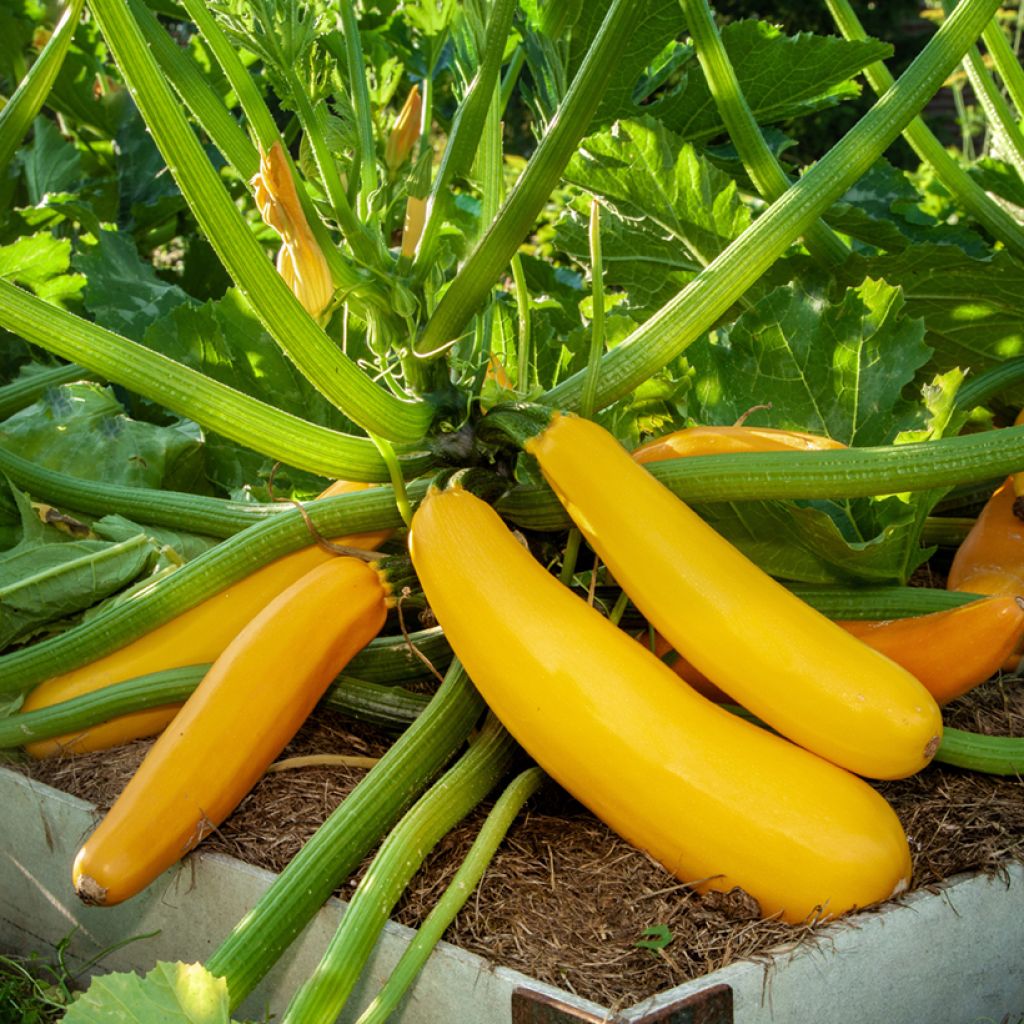

Courgette Goldena organic seeds
Courgette Goldena organic seeds
Cucurbita pepo Goldena
Zucchini, Summer Squash
Special offer!
Receive a €20 voucher for any order over €90 (excluding delivery costs, credit notes, and plastic-free options)!
1- Add your favorite plants to your cart.
2- Once you have reached €90, confirm your order (you can even choose the delivery date!).
3- As soon as your order is shipped, you will receive an email containing your voucher code, valid for 3 months (90 days).
Your voucher is unique and can only be used once, for any order with a minimum value of €20, excluding delivery costs.
Can be combined with other current offers, non-divisible and non-refundable.
Home or relay delivery (depending on size and destination)
Schedule delivery date,
and select date in basket
This plant carries a 6 months recovery warranty
More information
We guarantee the quality of our plants for a full growing cycle, and will replace at our expense any plant that fails to recover under normal climatic and planting conditions.
Description
The organic Yellow Courgette 'Goldena' is a productive, non-running variety, with a bushy habit, sought after for the taste quality and the beautiful intense golden colour of its courgettes. Its elongated and cylindrical fruits have a skin that doesn't even need to be peeled before cooking. Ideally, they are harvested when they reach 15 to 20 cm in length. Prolific and compact, the plant also produces edible flowers. 'Goldena' courgette adapts to many culinary preparations and adds a colourful and tasty touch to dishes. You can save seeds (from very ripe fruits) to sow them the following year. Certified organic seeds.
Squashes and courgettes, with their multiple shades – orange, green, red, yellow, black, even blue – and varied textures, whether smooth, ribbed, or warty, surprise with their diversity of shapes, colours, and sizes. This variability is explained by their great ability to hybridise easily, resulting in a multitude of varieties. In everyday language, "winter squashes" include pumpkins, potimarrons and other varieties with hard skin and soft, sweet flesh. Conversely, "summer squashes" or courgettes are harvested young, with still thin skin and edible seeds.
Originally from America and belonging to the cucurbitaceae family, they were introduced to Europe as early as the 16th century. Most of these plants are runners, climbing easily thanks to their tendrils. The female flowers, identifiable by their ovary below the flower, are distinct from the male flowers. They are often picked to be eaten stuffed or in fritters. The ways to cook squashes and courgettes are endless: they can be sautéed, fried, baked, in gratins, soups, or stuffed. Courgettes are also essential in typical Mediterranean dishes such as Provencal ratatouille, Italian caponata, and couscous.
Harvest: Courgettes should be harvested young and fresh, still immature. They must all be handled with care and remain free of any cuts or bruises, which would limit their storage.
Conservation: Courgettes can be cut into pieces and then frozen. Their delicate skin is not suitable for storing as is.
Gardener's tip: place a slate slab or a tile under the fruits to keep them from the ground: this protects them from humidity, reducing the risk of rotting. Courgettes also prefer slightly moist soils; mulching around the base, especially in midsummer, helps retain this moisture. Be careful, these plants are very sensitive to powdery mildew, a fungus that forms a white veil on the leaves; to limit this risk, avoid watering the foliage and flowers. For beneficial associations, plant your squashes with garlic, chives, onions, or shallots, or legumes, such as beans and peas. Conversely, avoid pairing them with cucumbers, as this can harm both crops.
Harvest
Plant habit
Foliage
Botanical data
Cucurbita
pepo
Goldena
Cucurbitaceae
Zucchini, Summer Squash
Cultivar or hybrid
Annual
Other Sainte Marthe farm
View all →Planting and care
Sowing 'Goldena' courgette: Sowing squash and courgettes is very rewarding both for the quick germination of the young plants and for the ease of cultivation. These young plants require well-drained soil rich in organic matter (potting soil, compost). They also need plenty of sun and water for beautiful fruits.
For early cultivation: In April, sow your seeds in groups of two or three in trays or pots filled with organic-rich soil. Lightly cover the seeds and water to maintain a slight moisture. Germination is quite fast: after about ten days, thin out by selecting the strongest plants, then transplant them into well-prepared soil. Dig holes 20 to 25 cm in all directions and fill them two-thirds with compost. Position the young plant and refill the hole, then firm the soil. Leave about 1 m between each plant.
For seasonal cultivation: Once all risk of frost has passed, typically in late April or May depending on the region, sow groups of two to three seeds in place at a depth of 2/3 cm. Lightly firm the soil, then wait about ten days for the first shoots to appear. When they reach a few centimetres, thin out, keeping only the strongest plants.
Harvesting starts from June-July for courgettes, which are always picked immature.
Seedlings
Care
Intended location
Planting & care advice
This item has not been reviewed yet - be the first to leave a review about it.
Similar products
Haven't found what you were looking for?
Hardiness is the lowest winter temperature a plant can endure without suffering serious damage or even dying. However, hardiness is affected by location (a sheltered area, such as a patio), protection (winter cover) and soil type (hardiness is improved by well-drained soil).

Photo Sharing Terms & Conditions
In order to encourage gardeners to interact and share their experiences, Promesse de fleurs offers various media enabling content to be uploaded onto its Site - in particular via the ‘Photo sharing’ module.
The User agrees to refrain from:
- Posting any content that is illegal, prejudicial, insulting, racist, inciteful to hatred, revisionist, contrary to public decency, that infringes on privacy or on the privacy rights of third parties, in particular the publicity rights of persons and goods, intellectual property rights, or the right to privacy.
- Submitting content on behalf of a third party;
- Impersonate the identity of a third party and/or publish any personal information about a third party;
In general, the User undertakes to refrain from any unethical behaviour.
All Content (in particular text, comments, files, images, photos, videos, creative works, etc.), which may be subject to property or intellectual property rights, image or other private rights, shall remain the property of the User, subject to the limited rights granted by the terms of the licence granted by Promesse de fleurs as stated below. Users are at liberty to publish or not to publish such Content on the Site, notably via the ‘Photo Sharing’ facility, and accept that this Content shall be made public and freely accessible, notably on the Internet.
Users further acknowledge, undertake to have ,and guarantee that they hold all necessary rights and permissions to publish such material on the Site, in particular with regard to the legislation in force pertaining to any privacy, property, intellectual property, image, or contractual rights, or rights of any other nature. By publishing such Content on the Site, Users acknowledge accepting full liability as publishers of the Content within the meaning of the law, and grant Promesse de fleurs, free of charge, an inclusive, worldwide licence for the said Content for the entire duration of its publication, including all reproduction, representation, up/downloading, displaying, performing, transmission, and storage rights.
Users also grant permission for their name to be linked to the Content and accept that this link may not always be made available.
By engaging in posting material, Users consent to their Content becoming automatically accessible on the Internet, in particular on other sites and/or blogs and/or web pages of the Promesse de fleurs site, including in particular social pages and the Promesse de fleurs catalogue.
Users may secure the removal of entrusted content free of charge by issuing a simple request via our contact form.
The flowering period indicated on our website applies to countries and regions located in USDA zone 8 (France, the United Kingdom, Ireland, the Netherlands, etc.)
It will vary according to where you live:
- In zones 9 to 10 (Italy, Spain, Greece, etc.), flowering will occur about 2 to 4 weeks earlier.
- In zones 6 to 7 (Germany, Poland, Slovenia, and lower mountainous regions), flowering will be delayed by 2 to 3 weeks.
- In zone 5 (Central Europe, Scandinavia), blooming will be delayed by 3 to 5 weeks.
In temperate climates, pruning of spring-flowering shrubs (forsythia, spireas, etc.) should be done just after flowering.
Pruning of summer-flowering shrubs (Indian Lilac, Perovskia, etc.) can be done in winter or spring.
In cold regions as well as with frost-sensitive plants, avoid pruning too early when severe frosts may still occur.
The planting period indicated on our website applies to countries and regions located in USDA zone 8 (France, United Kingdom, Ireland, Netherlands).
It will vary according to where you live:
- In Mediterranean zones (Marseille, Madrid, Milan, etc.), autumn and winter are the best planting periods.
- In continental zones (Strasbourg, Munich, Vienna, etc.), delay planting by 2 to 3 weeks in spring and bring it forward by 2 to 4 weeks in autumn.
- In mountainous regions (the Alps, Pyrenees, Carpathians, etc.), it is best to plant in late spring (May-June) or late summer (August-September).
The harvesting period indicated on our website applies to countries and regions in USDA zone 8 (France, England, Ireland, the Netherlands).
In colder areas (Scandinavia, Poland, Austria...) fruit and vegetable harvests are likely to be delayed by 3-4 weeks.
In warmer areas (Italy, Spain, Greece, etc.), harvesting will probably take place earlier, depending on weather conditions.
The sowing periods indicated on our website apply to countries and regions within USDA Zone 8 (France, UK, Ireland, Netherlands).
In colder areas (Scandinavia, Poland, Austria...), delay any outdoor sowing by 3-4 weeks, or sow under glass.
In warmer climes (Italy, Spain, Greece, etc.), bring outdoor sowing forward by a few weeks.































